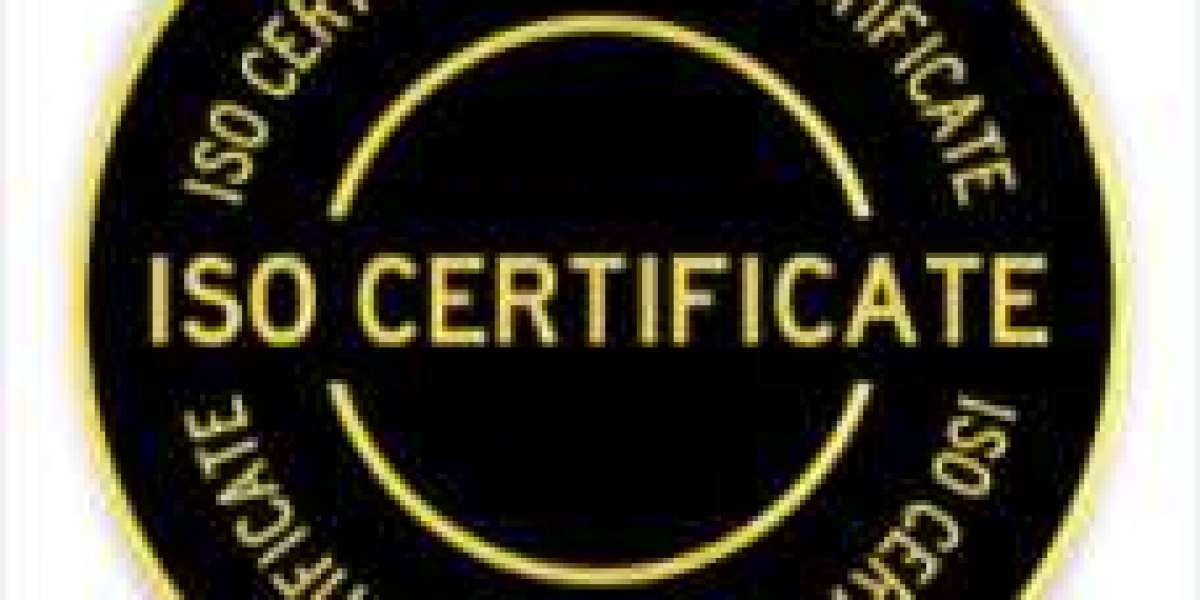In today's competitive market, businesses strive to distinguish themselves by delivering products and services of the highest quality. One of the most effective ways to achieve this is by obtaining ISO certification. The International Organization for Standardization (ISO) sets internationally recognized standards that help businesses ensure their products and services meet regulatory requirements and customer expectations. Here's a comprehensive guide to understanding ISO certification and its significance.
What is ISO Certification?
ISO certification is a process through which a company's management systems, processes, and procedures are audited by a third-party certification body to ensure they comply with ISO standards. These standards cover various aspects such as quality management, environmental management, information security, and occupational health and safety.
Importance of ISO Certification
Enhanced Credibility: ISO certification enhances a company's credibility and demonstrates its commitment to quality, safety, and sustainability to customers, stakeholders, and regulatory bodies.
Improved Efficiency: Implementing ISO standards streamlines processes, reduces errors, and improves efficiency, leading to cost savings and increased productivity.
Global Market Access: ISO certification facilitates market access by ensuring compliance with international standards, thus opening doors to new business opportunities globally.
Customer Satisfaction: Meeting ISO standards ensures consistency in product or service quality, resulting in higher customer satisfaction and loyalty.
Steps to Achieve ISO Certification
Gap Analysis: Assess current processes and systems against ISO standards to identify areas for improvement and compliance gaps.
Documentation: Develop and document policies, procedures, and processes aligned with ISO standards.
Implementation: Implement the documented processes and procedures across the organization, ensuring compliance at every level.
Training and Awareness: Provide training to employees to ensure they understand their roles and responsibilities in maintaining ISO compliance.
Internal Audit: Conduct internal audits to evaluate the effectiveness of implemented systems and identify any non-conformities.
Certification Audit: Engage a third-party certification body to conduct a formal audit of the organization's management systems against ISO standards.
Continual Improvement: Establish a system for continual improvement by monitoring performance, addressing non-conformities, and updating processes as necessary.
Conclusion
ISO certification is not merely a badge of honor but a strategic tool for achieving operational excellence, enhancing competitiveness, and meeting customer expectations in today's global marketplace. By adhering to internationally recognized standards, businesses can instill trust, drive efficiency, and pave the way for sustainable growth. Embracing ISO certification is not just a choice but a necessity for organizations committed to delivering quality and value to their stakeholders.








